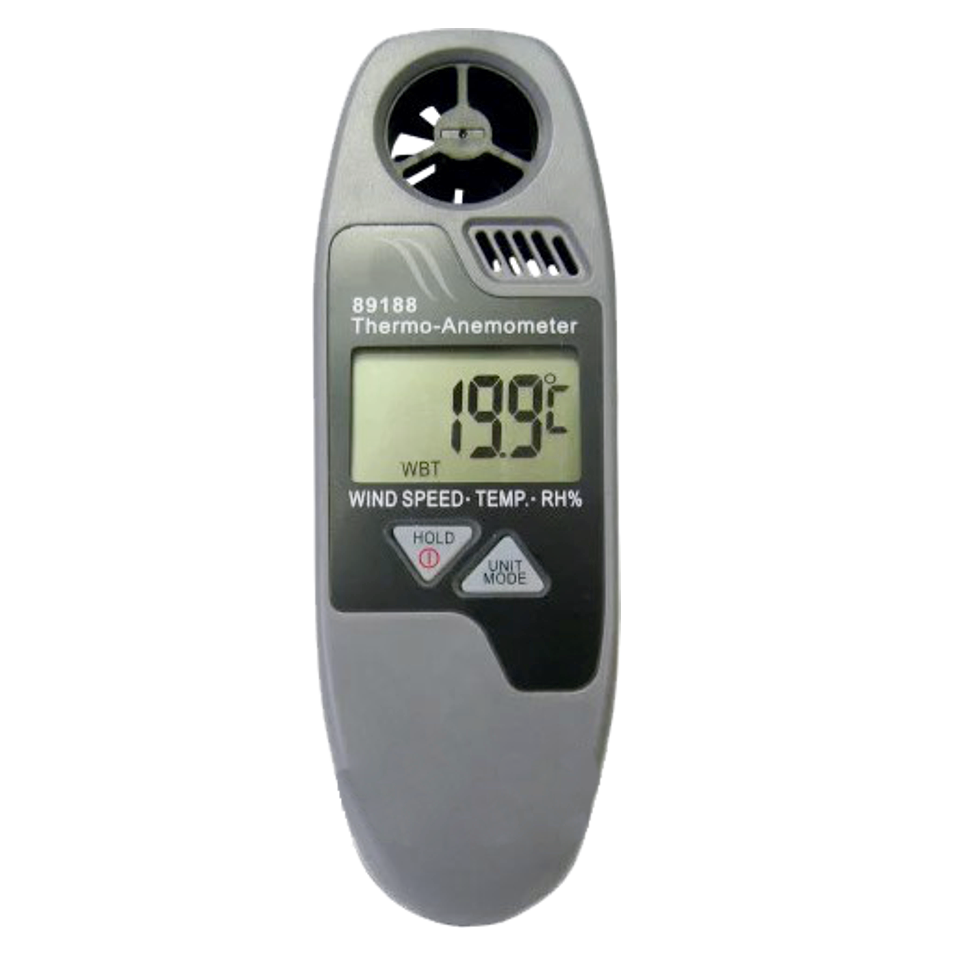Selecting the Right Anemometer: A Comprehensive Acquiring Guide
Selecting the Right Anemometer: A Comprehensive Acquiring Guide
Blog Article
Anemometers Introduced: Understanding Their Relevance in Ecological Surveillance and Security Procedures
The role of anemometers in environmental surveillance and precaution is commonly underestimated, yet their relevance is obvious. These tools have a long background rooted in scientific query and technical advancements, developing to come to be important tools in numerous areas. From weather forecasting to aeronautics security, anemometers play a vital duty in giving accurate information that educates decision-making processes and boosts general safety and security. Understanding the intricacies of anemometers reveals a world of critical insights that are basic to our understanding of the setting and the steps we take to make certain security.
Background of Anemometers
The development of anemometers can be mapped back to the ancient people where fundamental wind measuring devices were initial made use of. These early wind dimension devices laid the structure for the advancement of much more advanced anemometers with time. Among the earliest well-known anemometers was the hemispherical mug anemometer designed by Leon Battista Alberti in the 15th century. This style contained four hemispherical cups that collected wind energy, supplying a dimension of its strength based on the speed of turning.
Over the years, advancements in technology led to the growth of even more modern-day anemometers, consisting of ultrasonic anemometers and laser Doppler anemometers, using enhanced accuracy and performance in determining wind speed and instructions. The history of anemometers showcases a remarkable trip of advancement and progress in the area of weather forecasting.
Sorts Of Anemometers
Throughout the area of meteorology, numerous kinds of anemometers have been created to accurately determine wind rate and instructions. Sonic anemometers utilize ultrasonic signals to determine wind speed and instructions precisely. Hot-wire anemometers run based on the principle that the cooling impact of wind on a warmed cable is proportional to the wind speed.
Applications in Weather Forecasting
Having gone over the different kinds of anemometers utilized in meteorology for determining wind speed and instructions, it is necessary to explore their functional applications in the field. Anemometers play a crucial function in meteorology by supplying precise and real-time information on wind conditions (anemometer). Meteorologists use anemometers to keep track of wind speed and direction to forecast climate patterns, problem cautions for severe weather occasions like hurricanes, storms, and twisters, and evaluate weather for aeronautics safety and security
In weather forecasting, anemometers assist in recognizing local and regional wind patterns, which are essential for forecasting climate changes and identifying climatic trends. These tools are likewise used in research study to study microclimates, city warm islands, and air pollution diffusion. Furthermore, anemometers are employed in farming to enhance crop monitoring methods, such as irrigation and chemical application, based on wind conditions.
Importance in Air Travel Safety And Security
An important facet of ensuring aeronautics security exists in the careful monitoring of wind problems making use of anemometers. Anemometers play an important role in aviation go to website by offering real-time data on wind speed and direction, helping pilots in making educated choices during touchdown, take-off, and trip. Uncertain and solid winds can dramatically influence aircraft operations, making it necessary for aeronautics authorities to depend on precise wind measurements to ensure the safety and security of guests and staff.

In the dynamic environment of air travel, where also minor adjustments in wind speed and direction can have extensive impacts, anemometers stand as indispensable devices for advertising risk-free and safe flight.
Role in Environmental Research
Anemometers play an important role in ecological research study by offering crucial information on wind speed and instructions. By accurately measuring wind attributes, anemometers aid researchers evaluate the motion of toxins in the air, assess the influence of commercial discharges, and anticipate the spread of impurities in the environment.


Final Thought
In conclusion, anemometers have actually played an essential role in environmental surveillance and safety and security actions. Understanding the importance of anemometers is important for accurately determining wind speed and direction, which is important for predicting weather condition patterns, guaranteeing secure air travel procedures, and carrying out environmental More Info researches.
One of the earliest known anemometers was the hemispherical mug anemometer invented by Leon imp source Battista Alberti in the 15th century. Over the years, improvements in technology led to the growth of more modern-day anemometers, including ultrasonic anemometers and laser Doppler anemometers, using increased precision and performance in gauging wind rate and direction. Hot-wire anemometers operate based on the concept that the cooling effect of wind on a heated wire is proportional to the wind speed. Meteorologists utilize anemometers to monitor wind speed and instructions to anticipate weather patterns, problem cautions for extreme weather events like storms, storms, and tornadoes, and analyze climatic problems for aeronautics safety.
Comprehending the value of anemometers is essential for precisely determining wind speed and instructions, which is essential for forecasting weather patterns, guaranteeing risk-free air travel operations, and conducting environmental studies. (anemometer)
Report this page